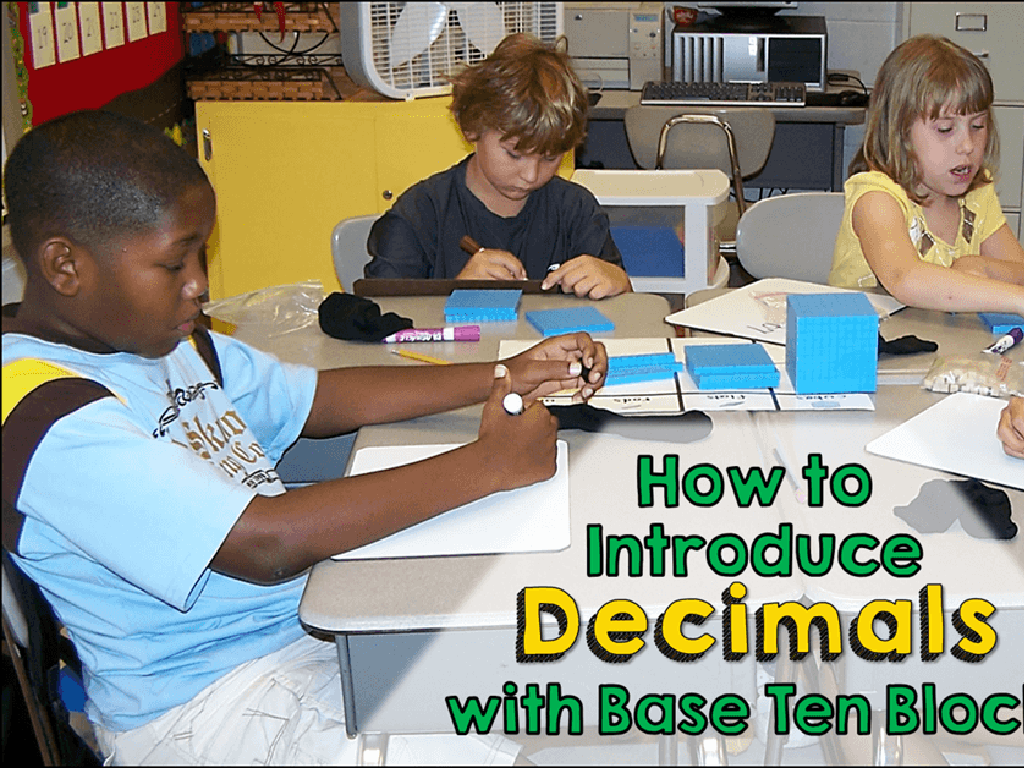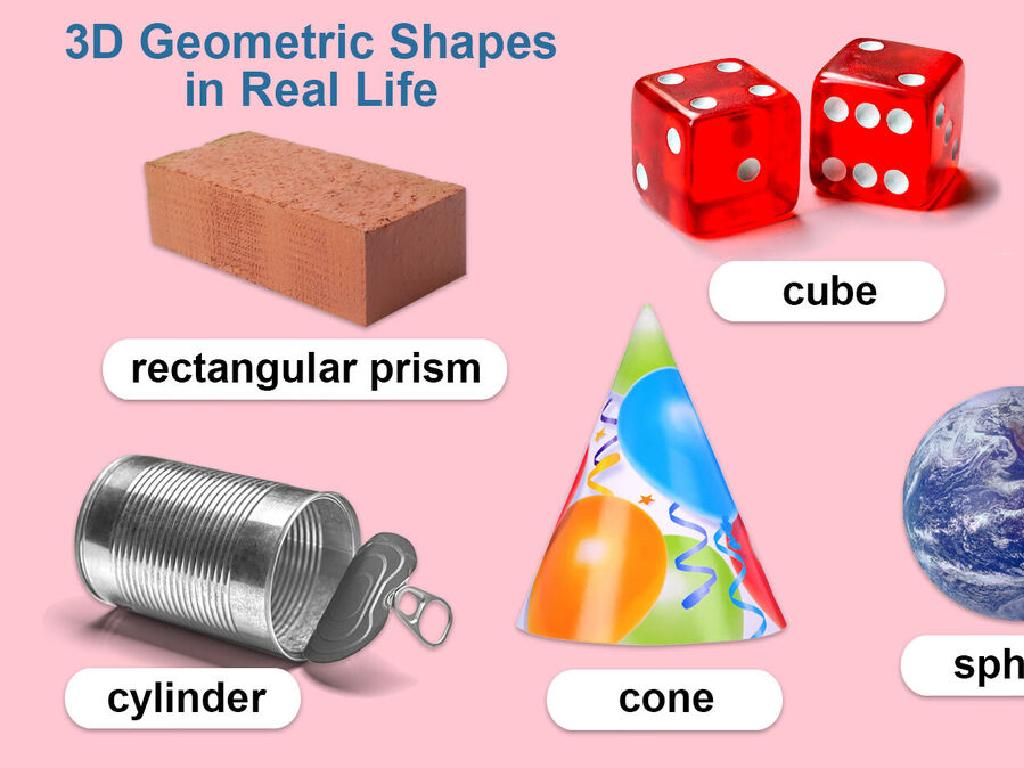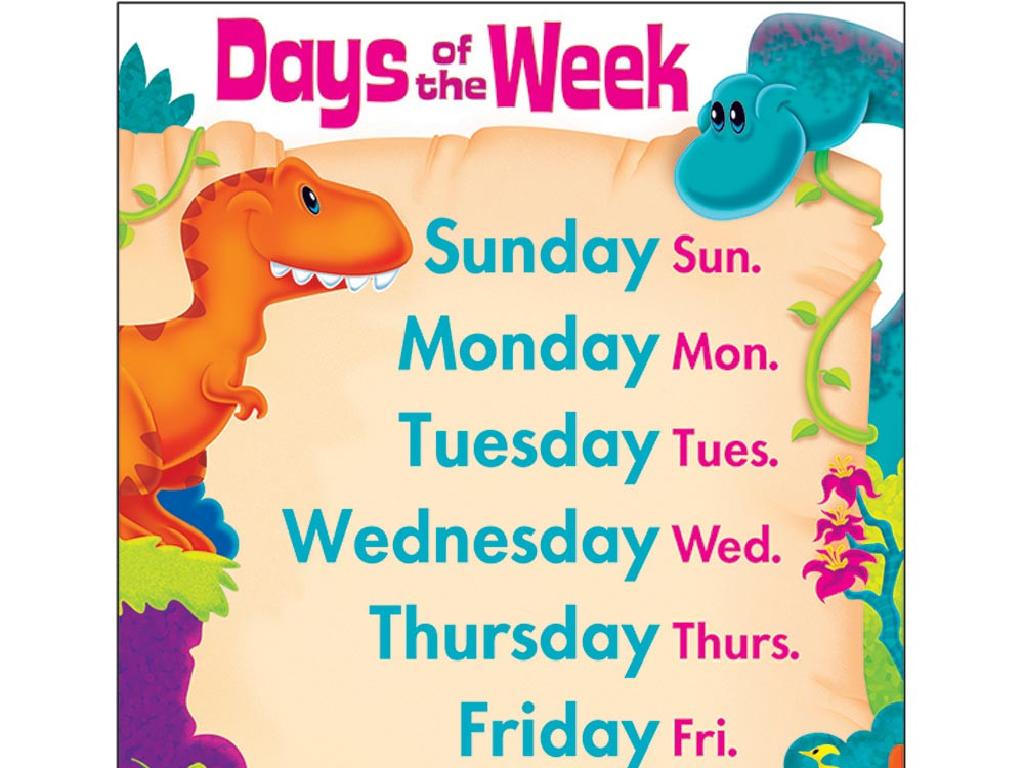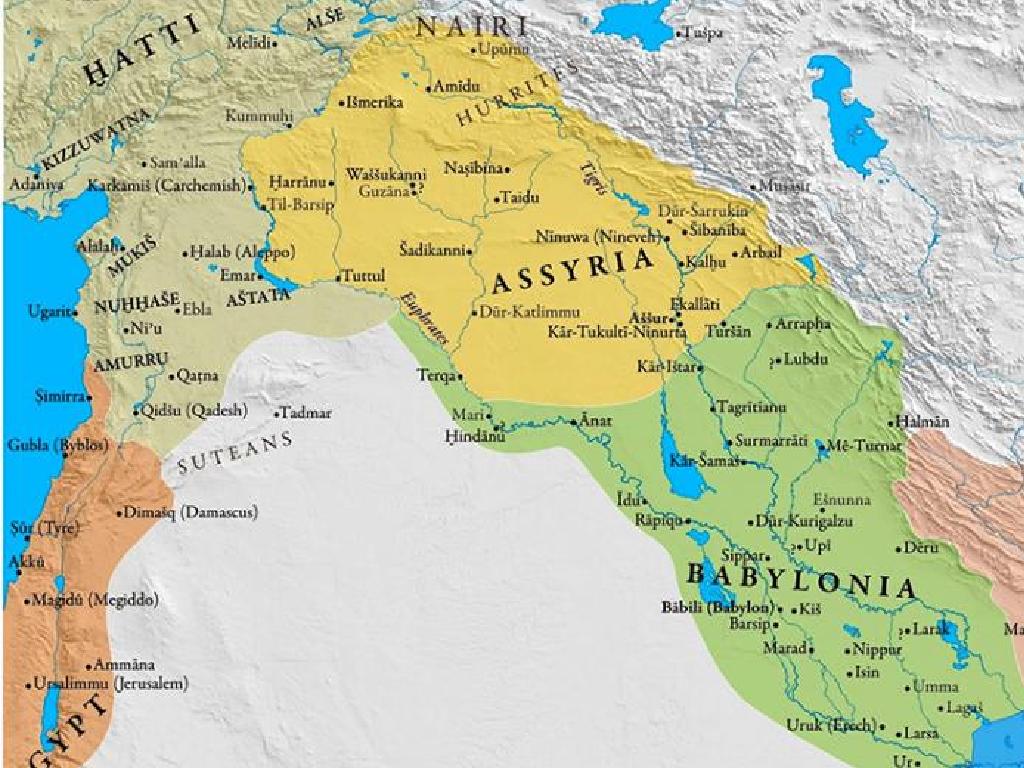Identify Similes And Metaphors
Subject: Language arts
Grade: Fourth grade
Topic: Literary Devices
Please LOG IN to download the presentation. Access is available to registered users only.
View More Content
Exploring Similes and Metaphors
– What are similes and metaphors?
– Both are ways to describe something by comparing it to another thing.
– Similes use ‘like’ or ‘as’ to compare
– Example: as brave as a lion, or busy like a bee.
– Metaphors directly state a comparison
– Example: He is a shining star.
– Why use them in writing?
|
This slide introduces the concept of similes and metaphors to the students, explaining how they are used to create vivid images and express ideas creatively in writing. Similes make comparisons using the words ‘like’ or ‘as,’ making it clear that it’s a comparison, while metaphors state the comparison directly, often in a more poetic way. Discuss why authors use these devices to make their writing more engaging and help readers visualize their ideas. Encourage students to think of their own examples and understand how these literary devices enhance descriptions and storytelling.
Exploring Similes in Language Arts
– Understanding similes
– A simile is a way to compare two different things.
– ‘Like’ or ‘as’ in comparisons
– We use the words ‘like’ or ‘as’ to make the comparison.
– Example: ‘As busy as a bee’
– This phrase compares someone’s busyness to a bee’s.
– Practice finding similes
– We’ll work together to spot similes in sentences.
|
This slide introduces the concept of similes to the students. Start by explaining that a simile is a figure of speech that compares two different things to highlight a similarity between them, and it’s easy to spot because it uses the words ‘like’ or ‘as’. Provide the example ‘As busy as a bee’ to illustrate a common simile, and explain that it compares a person’s level of activity to the industrious nature of a bee. Encourage students to think of other examples and prepare them for an interactive activity where they will identify similes in sentences provided by you or from a book they are currently reading. This activity will help reinforce their understanding of similes and how they are used in language.
Creating Our Own Similes
– Think of an animal
– Describe it using ‘like’ or ‘as’
– For example, ‘as brave as a lion’ or ‘quick like a cat’
– Share your simile with the class
– Discuss how similes create vivid images
– Similes help us imagine how the animal acts or looks
|
This slide is designed to engage students in creating their own similes, which is a key component of understanding literary devices. Encourage students to think of an animal they are familiar with and come up with creative ways to describe it using ‘like’ or ‘as’. This activity will help them understand how similes can paint a more vivid picture in the reader’s mind. For example, saying ‘as brave as a lion’ suggests that the animal or person being described is very brave. After creating their similes, students will share them with the class to practice public speaking and to learn from each other’s creativity. Discuss with the class how these similes enhance descriptions and make writing more engaging. Provide guidance and examples to ensure that all students can participate successfully in this activity.
Understanding Metaphors
– What is a metaphor?
– A metaphor says one thing is another to show similarity
– Example of a metaphor
– ‘Time is a thief’ means time steals moments like a thief
– Finding metaphors in text
– Practice with a paragraph
– We’ll read a paragraph together and spot the metaphor
|
This slide introduces the concept of metaphors to the students. Begin by explaining that a metaphor is a figure of speech that describes an object or action in a way that isn t literally true, but helps explain an idea or make a comparison. Show the example ‘Time is a thief’ to illustrate how metaphors function by equating time with a thief, suggesting that time can steal moments from us without notice. After explaining, engage the students with a short paragraph containing a metaphor and guide them to identify it. This activity will help them understand how metaphors are used in literature to convey deeper meanings. Encourage the students to think creatively and come up with their own metaphors as a part of their learning.
Exploring Metaphors: Unveiling Deep Meanings
– Understanding ‘Time is a thief’
– Time steals moments like a thief steals objects.
– Discussing metaphor meanings
– Metaphors suggest a likeness and offer insight.
– Creating weather metaphors
– Imagine the weather as an animal or object.
– Metaphors make language vivid
|
This slide aims to deepen students’ understanding of metaphors. Start by exploring the metaphor ‘Time is a thief’, discussing how it conveys the idea that time can take away moments without us realizing, just as a thief does with objects. Encourage students to think about the deeper meanings behind metaphors and how they add richness to language. Then, have students create their own metaphors related to the weather, such as ‘The sun smiled down on us’ or ‘The wind was a howling wolf’. This exercise will help them understand how metaphors can make descriptions more vivid and engaging. Use this opportunity to explain that metaphors are direct comparisons without using ‘like’ or ‘as’, which are used in similes.
Similes vs. Metaphors
– Understanding similes
– Similes compare using ‘like’ or ‘as’, e.g., ‘as brave as a lion’
– Understanding metaphors
– Metaphors directly state a comparison, e.g., ‘He is a shining star’
– Comparing similes and metaphors
– Both create vivid images but in different ways
– Examples of usage
|
This slide aims to help students differentiate between similes and metaphors while also understanding their similarities. Similes explicitly use ‘like’ or ‘as’ to show similarities between two different things, making it easier to understand the comparison. Metaphors, on the other hand, imply the comparison directly without using ‘like’ or ‘as’, which can sometimes be more powerful but also more abstract. Both literary devices are used to add creativity and depth to writing. Provide examples like ‘busy as a bee’ (simile) and ‘time is a thief’ (metaphor) to illustrate the point. Encourage students to create their own similes and metaphors as a class activity.
Class Activity: Literary Device Hunt
– Find similes and metaphors in a poem
– Look for phrases comparing two things using ‘like’ or ‘as’
– Work with a classmate
– Pair up and help each other understand the phrases
– Discuss what you find
– Talk about why the author used these literary devices
– Present a simile and a metaphor
– Choose the best examples to share with everyone
|
This activity is designed to help students identify and understand similes and metaphors within the context of poetry. By working in pairs, students can collaborate and deepen their comprehension of these literary devices. Encourage them to look for phrases where things are compared using ‘like’ or ‘as’ for similes, and direct comparisons for metaphors. Facilitate a discussion on how these devices enhance the poem’s meaning. For the presentation, guide them to explain why they chose those particular examples and what they reveal about the poem. Possible activities: 1) Create a simile or metaphor based on a given object. 2) Draw a scene depicting the literal meaning of a metaphor. 3) Write a short poem using similes. 4) Find similes and metaphors in song lyrics. 5) Act out a metaphor.
Wrapping Up: Similes & Metaphors
– Review similes and metaphors
– Homework: Craft a short story
– Let your imagination run wild and create a fun tale
– Include 2 similes and 2 metaphors
– Remember, similes use ‘like’ or ‘as’, metaphors do not
– Share your story in our next class
|
As we conclude today’s lesson, remind students of the importance of similes and metaphors in making writing more vivid and engaging. For homework, they should write a short story that includes at least two similes and two metaphors. This will help them practice using these literary devices creatively. Encourage them to think about how these tools can paint a picture in the reader’s mind. In the next class, we’ll have a sharing session where students can proudly present their stories and discuss the similes and metaphors they’ve used.






